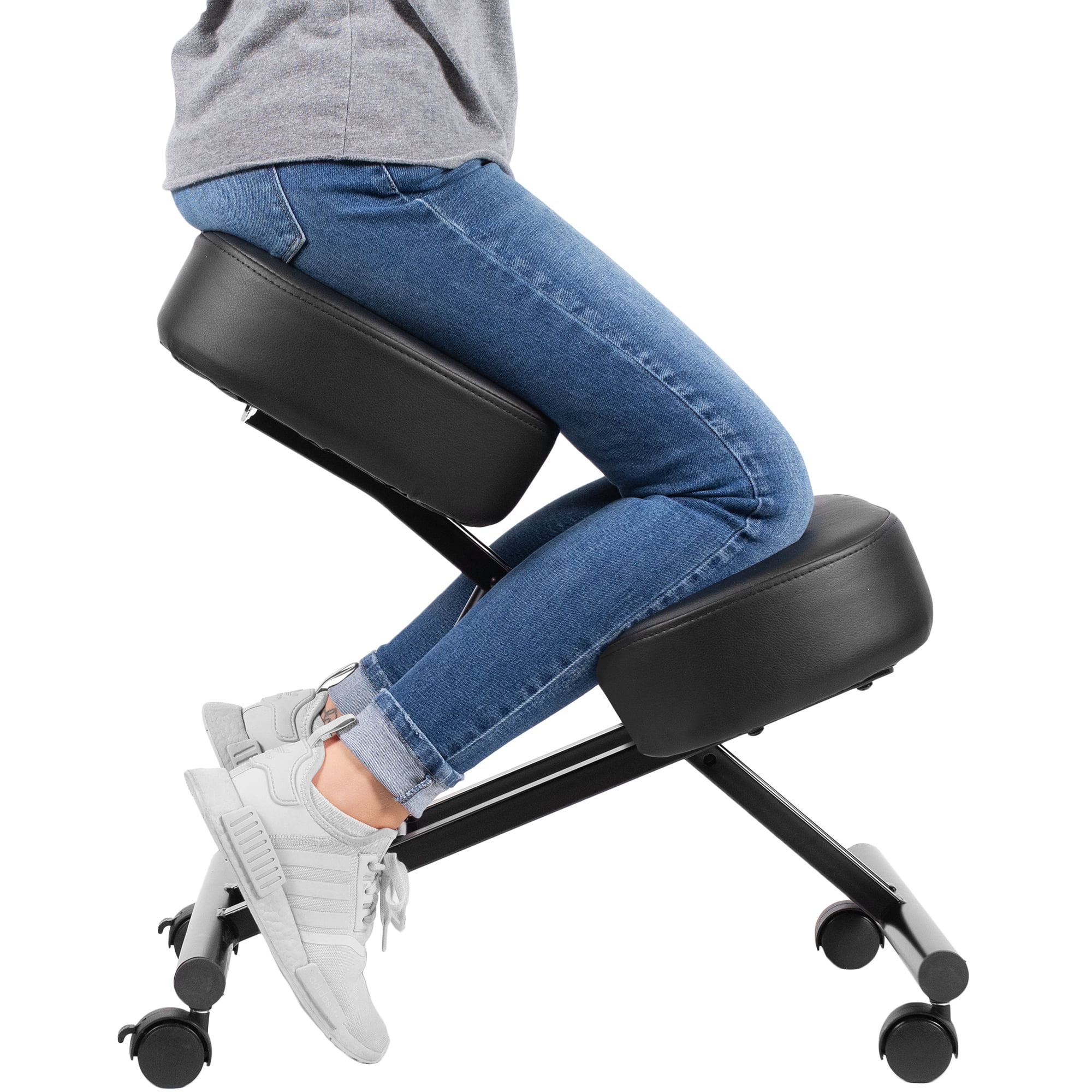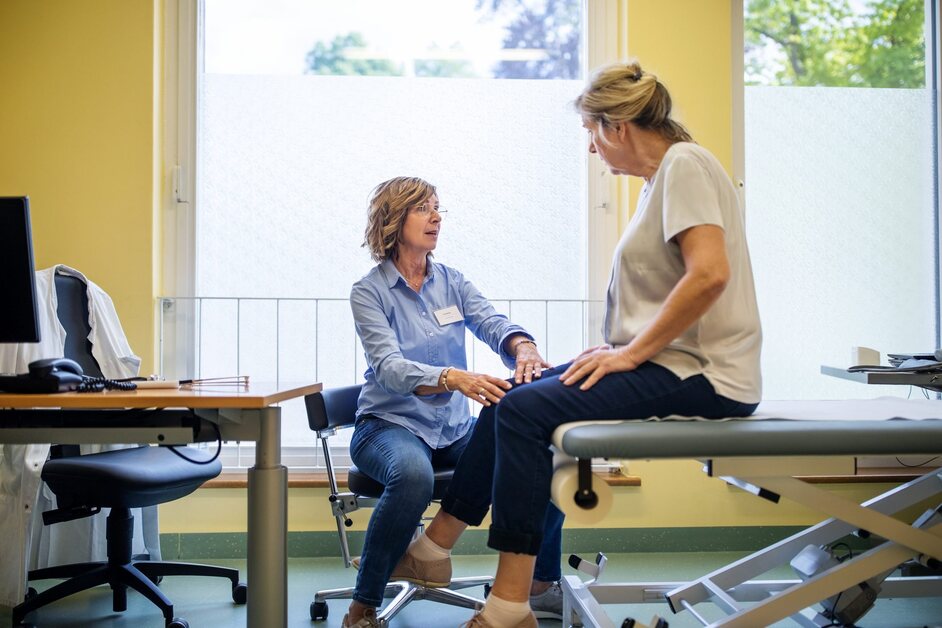Understanding Knee Replacement Recovery Needs

Recovering from knee replacement surgery is a journey that requires patience, dedication, and the right support. While the surgery itself aims to alleviate pain and improve mobility, the post-operative recovery period can present its own set of challenges.
Challenges Faced During Knee Replacement Recovery
Navigating the initial weeks and months following knee replacement surgery can be demanding. The body needs time to heal, and this process can involve discomfort, limited mobility, and the need for ongoing support. Here are some common challenges individuals encounter:
- Pain Management: While pain medications are often prescribed, managing pain effectively can be a challenge. The body is still adjusting to the new joint, and even minor movements can cause discomfort.
- Swelling and Stiffness: Swelling around the knee is a natural part of the healing process. This can lead to stiffness, making it difficult to bend or straighten the knee. Regular exercises and physical therapy are crucial to combat this.
- Limited Mobility: The initial days after surgery involve restricted movement to protect the healing joint. This can lead to a decrease in muscle strength and overall mobility.
- Fatigue: Recovery from surgery can be physically demanding. Individuals may experience fatigue and find it difficult to engage in everyday activities.
- Emotional Adjustment: The recovery process can be emotionally taxing. Individuals may experience frustration, anxiety, or even depression as they adjust to the changes in their physical abilities.
Essential Features of a Post-Surgery Chair
The right chair can play a vital role in facilitating a comfortable and safe recovery. It can provide the necessary support, adjustability, and ergonomic features to promote healing and minimize discomfort.
- Height Adjustability: A chair that can be easily adjusted to the appropriate height is essential. This allows for proper positioning of the legs, reducing strain on the knee joint.
- Armrests: Armrests provide stability and support when sitting down and getting up. They help to distribute weight evenly and reduce stress on the knee.
- Backrest Support: A comfortable backrest with good lumbar support is crucial. It promotes proper posture and helps to reduce strain on the lower back, which can be aggravated during recovery.
- Seat Depth and Width: The seat should be deep enough to provide adequate support for the thighs and buttocks. A wider seat can accommodate the potential for swelling in the legs.
- Firmness and Cushioning: The chair’s firmness and cushioning should be balanced. A firm seat provides adequate support, while a layer of cushioning can enhance comfort.
- Rotation Feature: Some chairs offer a rotation feature that allows the user to swivel. This can be helpful for reaching objects or repositioning without putting undue stress on the knee.
Ergonomic Considerations for Knee Replacement Recovery, Best chair for knee replacement
Ergonomics plays a crucial role in promoting healing and reducing pain during recovery. Here are some key ergonomic considerations to keep in mind when choosing a chair:
- Proper Posture: Maintaining proper posture is essential to prevent strain on the knee and lower back. The chair should support a neutral spine and an upright posture.
- Avoid Excessive Sitting: While a comfortable chair can be a welcome respite, it’s important to avoid prolonged sitting. Regularly getting up and moving around can help prevent stiffness and improve circulation.
- Foot Support: Footrests or a small stool can be used to elevate the feet, reducing swelling and promoting proper circulation.
- Comfortable Armrests: Armrests should be positioned at a height that allows the elbows to be bent at a 90-degree angle, reducing strain on the shoulders and neck.
Chair Types for Knee Replacement Recovery

Choosing the right chair after knee replacement surgery is crucial for a comfortable and successful recovery. The chair you select should provide proper support, adjustability, and ease of use to minimize strain on your knee and facilitate healing.
Armchairs
Armchairs offer comfortable seating and can be a good option for post-knee replacement recovery. However, they may not be ideal for everyone, as they can sometimes lack the necessary features for easy access and support.
- Advantages:
- Comfortable seating
- Can be easily moved around the house
- Disadvantages:
- May lack height adjustability, making it difficult to stand up and sit down
- May not provide adequate back support, leading to discomfort
- Armrests may not be positioned optimally for knee support
Recliners
Recliners are popular choices for post-knee replacement recovery due to their adjustable features and comfort.
- Advantages:
- Allow for easy reclining, reducing strain on the knee
- Offer customizable positions for comfort
- May include built-in features like footrests and lumbar support
- Disadvantages:
- Can be bulky and difficult to maneuver
- May not be as stable as other chair types, increasing the risk of falls
- Reclining mechanism may be difficult to operate with limited mobility
Lift Chairs
Lift chairs are specifically designed for individuals with mobility limitations, making them excellent options for post-knee replacement recovery.
- Advantages:
- Provide a smooth and effortless transition from sitting to standing
- Offer adjustable height, allowing for easy access and comfort
- May include features like lumbar support, heat, and massage
- Disadvantages:
- Can be more expensive than other chair types
- May require more space to accommodate the lifting mechanism
Other Chair Types
In addition to armchairs, recliners, and lift chairs, other chair types can be suitable for post-knee replacement recovery, such as:
- Folding Chairs: Portable and lightweight, ideal for use in various locations.
- Stacking Chairs: Easy to store and transport, useful for temporary seating needs.
- Stools: Offer adjustable height and can be used for tasks like cooking or dressing.
Key Features for Optimal Comfort and Support: Best Chair For Knee Replacement

A chair designed for knee replacement recovery should provide optimal comfort and support to facilitate healing and minimize discomfort. Adjustable features, appropriate cushioning, and proper dimensions are crucial for achieving this goal.
Adjustable Features
Adjustable features allow for personalized comfort and support, catering to individual needs and preferences.
- Seat Height: The seat height should be adjustable to ensure proper leg positioning and prevent strain on the knees. A good rule of thumb is to ensure the seat height allows for a 90-degree angle at the knee when your feet are flat on the floor.
- Backrest Angle: A reclining backrest allows you to adjust the angle of your back for optimal comfort and support. This feature is especially helpful during the initial stages of recovery when prolonged sitting can be challenging.
- Armrest Positioning: Adjustable armrests provide support and leverage when standing up and sitting down, reducing stress on the knees. The height and width of the armrests should be customizable to suit individual needs.
Cushioning and Padding
Adequate cushioning and padding are essential for pressure distribution and comfort.
- Pressure Point Relief: Cushioning helps to distribute weight evenly and minimize pressure on sensitive areas like the tailbone, hips, and knees. This can significantly reduce discomfort and promote healing.
- Comfort and Support: The padding should be firm enough to provide adequate support but soft enough to be comfortable. Memory foam or gel-infused cushions are often used in chairs designed for knee replacement recovery, as they provide excellent pressure relief and comfort.
Chair Dimensions
The dimensions of the chair play a crucial role in ensuring proper support and comfort.
| Feature | Description |
|---|---|
| Seat Depth | The seat depth should be sufficient to support your thighs comfortably without pressure on the back of your knees. Ideally, the seat depth should be about 2 inches less than your thigh length. |
| Seat Width | The seat width should be wide enough to provide ample space for your hips and thighs, allowing for comfortable seating without feeling cramped. |
| Lumbar Support | Lumbar support provides essential back support and helps maintain proper posture. This is particularly important during the recovery process, as prolonged sitting can put strain on the back. |
Best chair for knee replacement – A comfortable chair is crucial after knee replacement surgery, and choosing the right one can significantly impact your recovery. You’ll want a chair with good lumbar support, adjustable height, and a wide, padded seat. But remember, a good chair also needs a good foundation, which is where the question of what is the best office chair mat comes in.
A chair mat can protect your floors and make it easier to move around your chair, especially if you have limited mobility. So, while you’re focused on the best chair for your knee replacement, don’t overlook the importance of a quality chair mat to complete the setup.
While finding the best chair for knee replacement focuses on comfort and support, you might also want a stylish option for your living room. A best leather chair with ottoman can offer both, with the added benefit of a footrest for elevating your legs and reducing swelling.
Just be sure to choose a chair with a sturdy, supportive base and a high back to ensure optimal comfort and support for your recovering knee.
